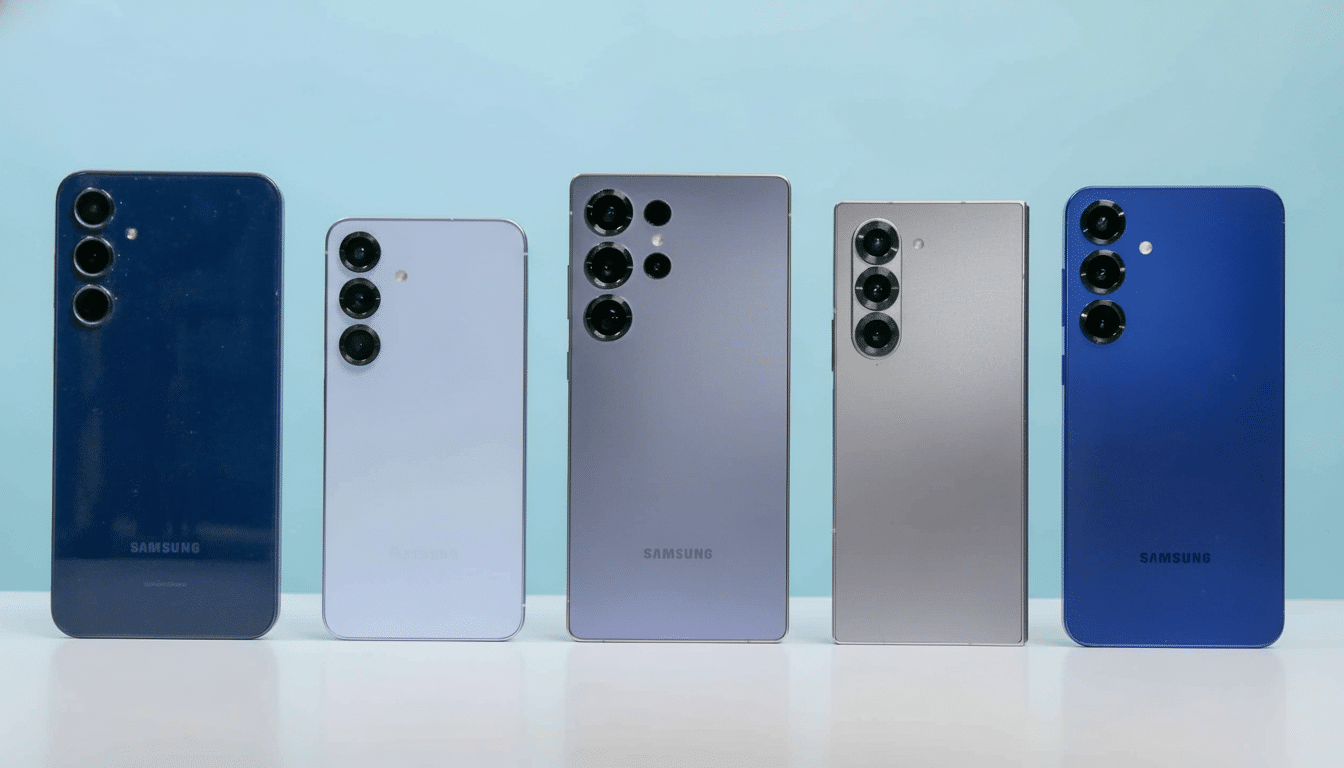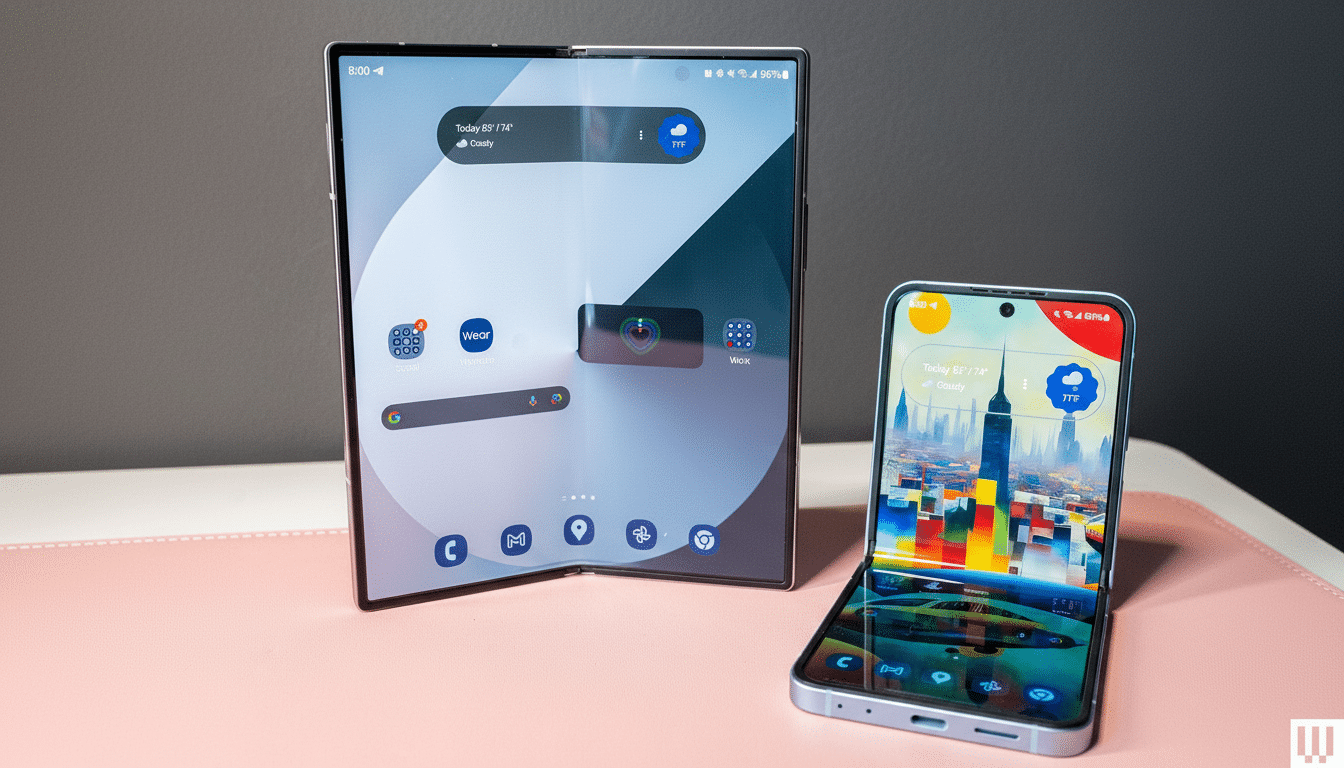Samsung’s latest Fan Edition offers a lot of value plays, but one rumored upgrade didn’t make the cut: the phone employs an optical in-display fingerprint reader rather than an ultrasonic sensor. The specification was confirmed by company representatives following reports on early retailer listings and community chit-chat suggesting the opposite.
What Samsung actually shipped
The Galaxy S25 FE has an optical scanner that lights up your fingertip to take a 2D image to compare. That’s a tried-and-true tactic that works across all manner of midrange devices and some flagships of years past. It works, it’s inexpensive to implement, and app developers and enterprise admins are thoroughly familiar with the tool.

That an ultrasonic module was in the mix was plausible because Qualcomm’s 3D Sonic family is today used on a number of recent premium Galaxy models and even more brands have adopted its ultrasonic parts since Goodix launched its alternative. Still, this confirmation from Samsung definitively puts it to bed: no ultrasonic hardware on this Fan Edition.
Optical vs. ultrasonic: what’s the difference?
Ultrasonic scanners map the grooves in your fingerprint with sound waves, creating a 3D profile. And in the real world, they unlock faster and more reliably when your finger is wet or a little bit oily, and are less susceptible to glare or the visual crumminess of a screen protector. In public, Qualcomm’s been claiming larger capture areas and speeds up to 50% faster than last generation, while independent testers often report improved reliability in tough conditions.
Optical sensors have come a long way as well, and both technologies can meet Android’s Class 3 (Strong) biometric rating when developed in accordance with Android’s biometric guidelines and FIDO Alliance best practices. But optical systems tend to also suffer under moisture and need a bright flash light beneath the panel—a thorn in the side of dark rooms and a long-term drag on efficiency.
Why Samsung probably went with optical
Cost and placement are the most obvious levers. Ultrasonic modules and their integration stack are expensive. Fan Edition phones are engineered to hit aggressive price points, while there are a few headline features to keep in, there are likely even more that are easy to leave out — and biometric hardware is a natural place to save. Supply-side dynamics are at play, with Qualcomm having long had a stranglehold on ultrasonics and Goodix only having recently entered the segment; both volumes and pricing are in the process of settling out across the industry.
There’s also the portfolio story: Samsung saves its best biometrics for the mainline flagships, furthering the upsell. Ultrasonic tech has appeared in every core Galaxy S model since the S10, which established a clear enough tiering for people who care about unlocking to make their choices.

Real-world impact for buyers
Unlock in mostly dry, clean conditions, and you may not even know the difference is there. S25 FE’s optical sensor will be fine for everyday taps, and it will be able to hold up for secure app authentication, payments, and passkeys. Android has a good fallback: If the sensor fails, the device simply falls back to requiring your PIN or pattern instead of your fingerprint.
When you’ll use it: rain, gym workouts, spills in the kitchen or at the pool. Wet finger? Ultrasonic readers often power through, while an optical can be persnickety. Some phones also use ultrasonics inventively — products like the Realme GT7 Pro have repurposed the scanner as a shutter for underwater photography —ldlife that optical tech doesn’t quite achieve.
How it compares with alternatives
Sticking with the Samsung family, the last several Galaxy S flagships are still equipped with in-display ultrasonic readers, bringing a smoother biometric experience, as well as more premium cameras and chipsets. If the fingerprint feature is the priority, older premium models are still appealing, particularly as they receive up to four years of security updates per Samsung’s life cycle policy.
Outside of Samsung, there are now multiple Chinese vendors shipping ultrasonic sensors with increased component availability from both Qualcomm and Goodix. SCD has seen heavy uptake in high middle tiers; optical remains the main technology in tightly cost-controlled areas.
Bottom line
The fingerprint tale of the Galaxy S25 FE is an easy one: dependable optical, not next-gen ultrasonic. It’s a reasonable call to make for a value-based device, although it does mean the on-the-go unlock performance is one step behind Samsung’s flagships. If you frequently unlock the phone with wet hands, or you just demand the notch biometric experience, you’ll have to move up to the main Galaxy S line or look to rivals that run ads for ultrasonic hardware. If cost and compromise are at the top of your shopping list, the FE’s optical reader is a modest concession that continues to assure modern standards.

